- News
- Reviews
- Bikes
- Accessories
- Accessories - misc
- Computer mounts
- Bags
- Bar ends
- Bike bags & cases
- Bottle cages
- Bottles
- Cameras
- Car racks
- Child seats
- Computers
- Glasses
- GPS units
- Helmets
- Lights - front
- Lights - rear
- Lights - sets
- Locks
- Mirrors
- Mudguards
- Racks
- Pumps & CO2 inflators
- Puncture kits
- Reflectives
- Smart watches
- Stands and racks
- Trailers
- Clothing
- Components
- Bar tape & grips
- Bottom brackets
- Brake & gear cables
- Brake & STI levers
- Brake pads & spares
- Brakes
- Cassettes & freewheels
- Chains
- Chainsets & chainrings
- Derailleurs - front
- Derailleurs - rear
- Forks
- Gear levers & shifters
- Groupsets
- Handlebars & extensions
- Headsets
- Hubs
- Inner tubes
- Pedals
- Quick releases & skewers
- Saddles
- Seatposts
- Stems
- Wheels
- Tyres
- Health, fitness and nutrition
- Tools and workshop
- Miscellaneous
- Cross country mountain bikes
- Tubeless valves
- Buyers Guides
- Features
- Forum
- Recommends
- Podcast
TECH NEWS
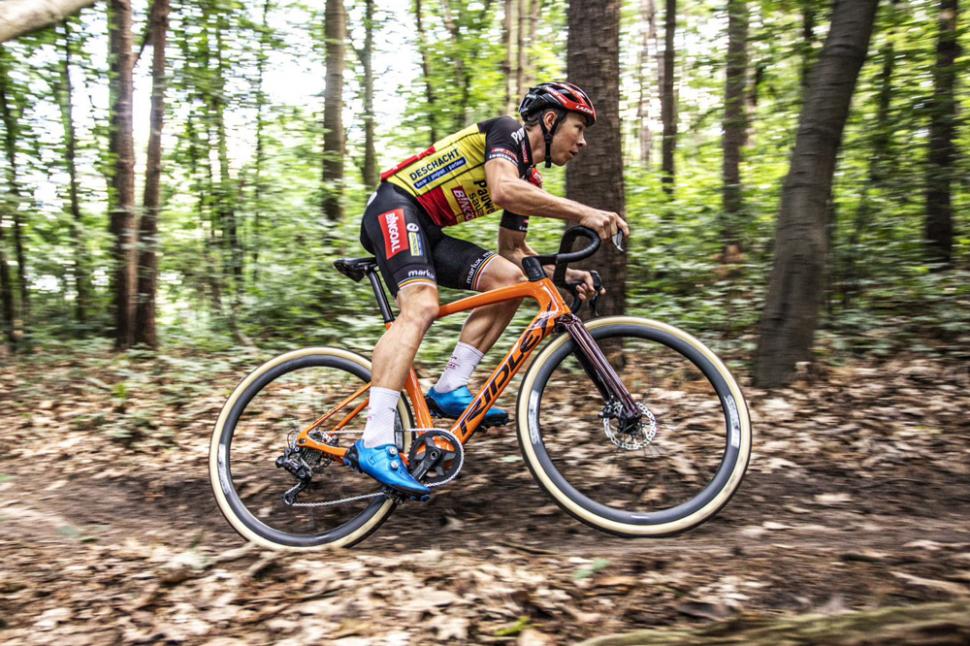 2021 Ridley Kanzo Fast Laurens Sweeck
2021 Ridley Kanzo Fast Laurens SweeckRidley launches the Kanzo Fast, an aero gravel bike with the Classified shifting system
Ridley has launched a gravel race bike, the Kanzo Fast featuring Ridley’s deep F-Tubing tube shapes, fully integrated cable routing and clearance for 42mm tyres. Ridley claims that its gravel racer saves 17 watts over “an ordinary gravel bike.” The Kanzo Fast is also hiding Classified’s new shifting system, the first time we’ve seen it on an actual bike.
Besides the aero claims, Ridley is saying that the new Kanzo Fast is also comfortable, with seatstays that attach low on the seattube for added rear-end compliance. Ridley goes as far as to say that the dropped seatstay design “makes gravel rides of over 200km even comfortable.”
Aero on the rough stuff
With the deep tube shapes, you’d be forgiven for thinking that the Kanzo looks like Ridley’s Noah Fast road bike. We did at first and there’s a reason for the visual similarities. Ridley says that the F-Tubing shapes that were developed for the Noah Fast have been used with the new Kanzo Fast, helping to save a claimed 17 watts over “an ordinary gravel bike.”
Ridley doesn’t specify what an ‘ordinary’ gravel bike is, but we’d assume that in this case, they mean something with round tubes. There are also no details on the speed that Ridley tested at, nor the YAW angles that created the lowest drag. Ridley does claim that you’ll only lose 4 watts “across all the YAW angles,” but we’d apply a pinch of salt to these claims.
Aero tube shapes on gravel bikes certainly aren’t new, we’ve seen 3T building on the Exploro for several years now, taking the deep tube shapes ever closer to the tyres and the gaps around the 42mm tyres on the Ridley Kanzo Fast look pretty narrow.
This is all brought together in a frameset that has a claimed weight of 1680g (1190g frame, 490g fork) for a painted medium. Ridley also says that a Kanzo fast with Forza Vardar wheels and a Shimano GRX Di2 groupset results in a total weight of 8.55kg.
The Classified system in the wild
When we first took a look at the Classified shifting system, details were a little vague and while this is the first production bike that we’ve heard of that uses the system, details on gear ratios and integration with the bike’s controls are still slim.
You can read a more in-depth look here, but what Classified is essentially doing is putting a 2-speed planetary gear setup into a hub body that takes a wide-range cassette. This allows you to run a 1X drivetrain, but still get the gear ratios that you’d have with a double chainring up front.
Classified’s system should also offer all the benefits of a 1X system such as mud-clearance and chain retention.
Being the first time that we’ve seen the system on a bike, it will be very interesting to see how it performs in the real world. Will it be the death of both the front derailleur and the 1X system at the same time?
Integrated bar/stem
Ridley has developed an all-new one-piece carbon bar/stem for the Kanzo Fast. It allows Ridley to run the cables fully internally, dropping them through the headset spacers and into the headtube. Various brands claim different benefits to hiding cables, from simple aesthetic reasons to wind-cheating gains.
With a 16º flare and a short drop and reach, Ridley says that the new bar “is really designed to make sure you’re always in control,” rather than making any aero claims specifically focussing on the bar.
There are size “combinations from 38cm to 44cm and 9cm to 14cm available,” though we’re not sure on the weight.
Availability is slated for the 1st September and builds include Sram and Shimano groupsets, though we currently have no details on pricing.
Latest Comments
- Rendel Harris 1 hour 22 min ago
When the story was first written up last night (see my screenshot below) it was already known that a man had been arrested on suspicion of causing...
- mdavidford 1 hour 34 min ago
Cos once they've got you hooked you'll never be clear of 'em.
- OnYerBike 2 hours 6 min ago
It seems to me that the most likely explanation is that whoever provided that quote fails to grasp the difference between a "public right of way"...
- andystow 2 hours 12 min ago
That article is far too kind to Moses. I highly recommend reading The Death and Life of Great American Cities. Despite the title, it applies to...
- chrisonabike 4 hours 10 min ago
Hub brakes have their own trade-offs. I actually liked the one I had for its particular application - in a "utility" bike where I didn't care...
- qwerty360 4 hours 20 min ago
Given that every other lime bike I see on my 1/week commute into london appears to have its rear light hanging off by the cable rather than mounted...
- Miller 5 hours 41 min ago
Go for it Pogi! I will be in the velodrome on 13th April and it would be fantastic to see him arrive.
- jaymack 6 hours 4 min ago
Indeed but he's a can't. Can't be arsed to tell the truth, can't be arsed to build new Hospitals and can't be arsed to do anything for anyone save...
- chrisonabike 9 hours 9 min ago
What wokery is this? I thought those tech-bros were there to save us from the "mind virus"?
- hawkinspeter 21 hours 57 min ago
Opposition to controversial East Bristol Liveable Neighbourhood ‘will filter away’ say council bosses...














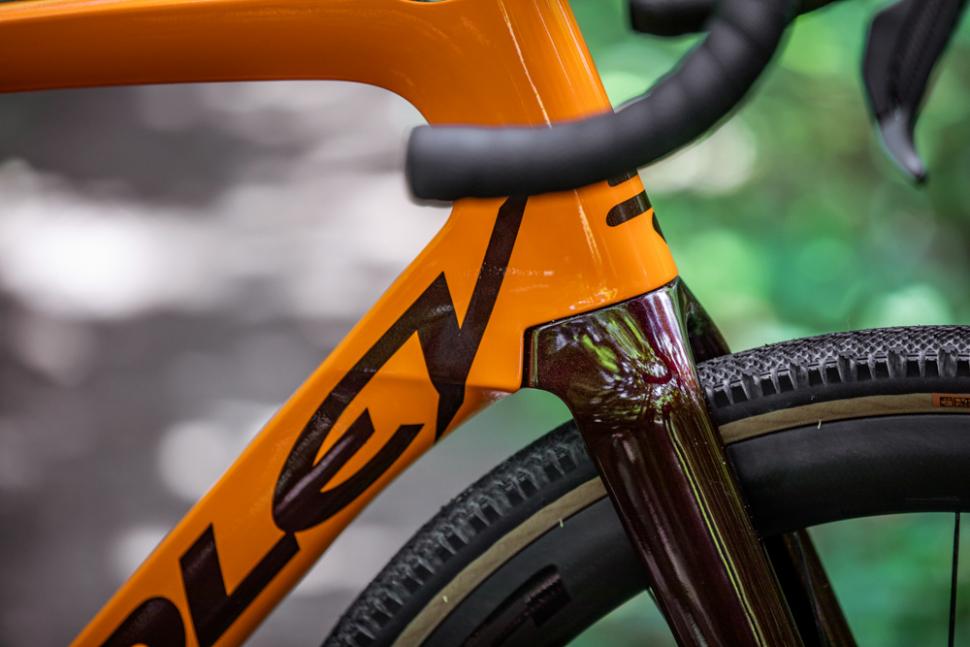


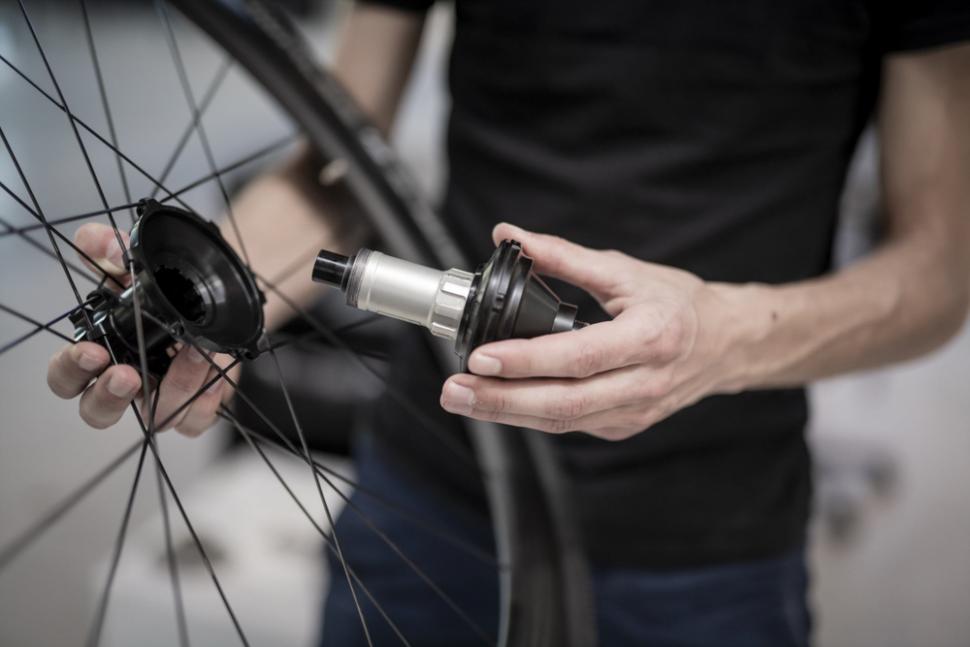
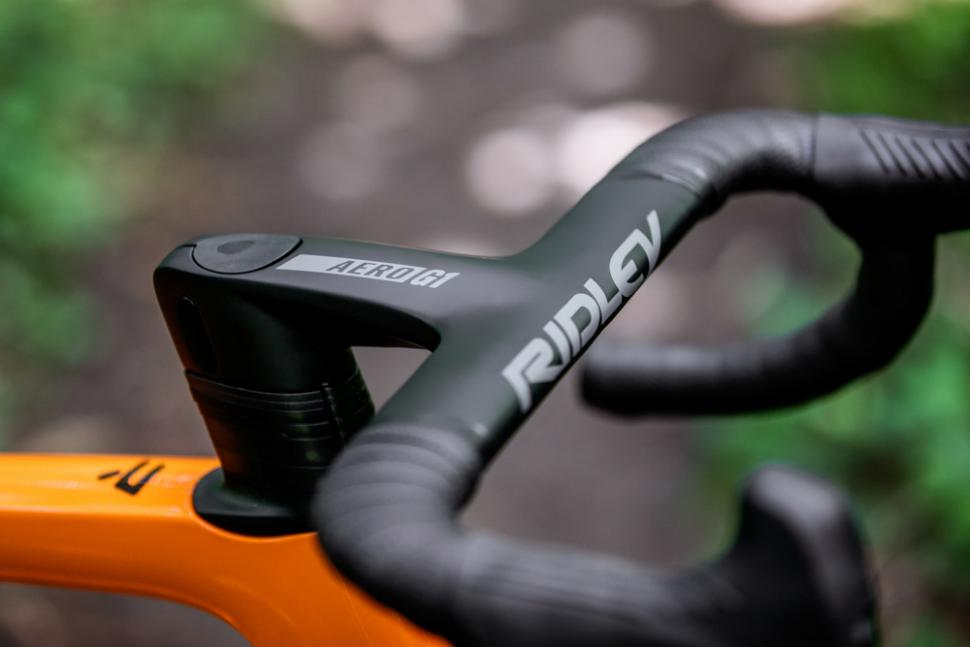
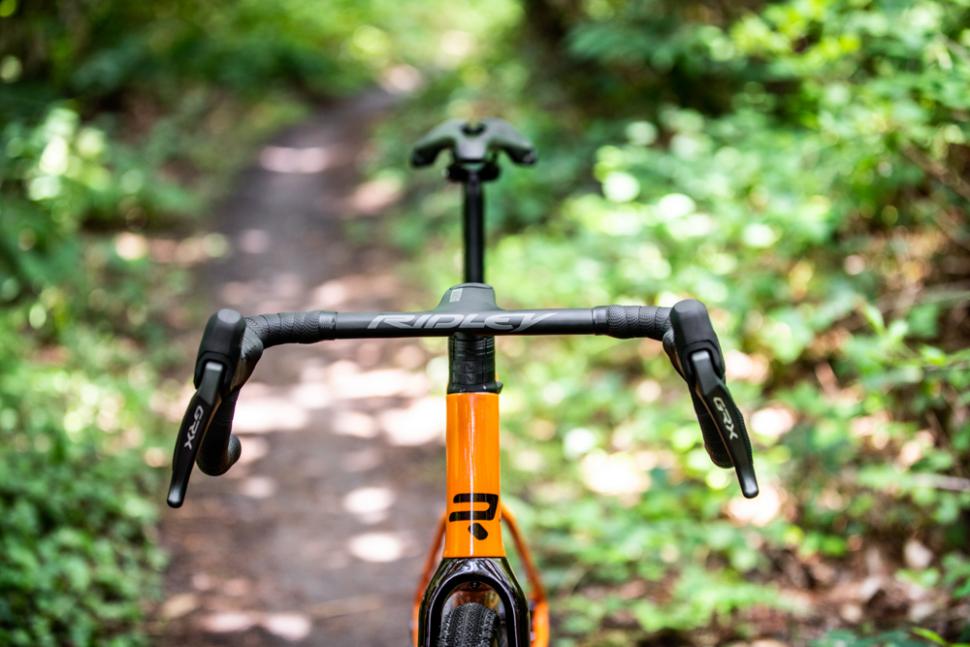
Add new comment
12 comments
I like this a lot, pretty minor point but where do I mount my Garmin
I reckon an out front mount will be fixed under the bar.
it's probably inconsequential to most people, but I like to rotate bars so that the lower grips are angled slightly upwards towards me. The integration into the stem removes any option for adjusting
Yaw is not an acronym.
If only you had signed off that correction with YAW. (You Are Welcome).
Aero-gravel seems to be an interesting little niche. I'm sure Ridley will provide good competition to 3T and Look &c. Dropped seatstays, integrated flared bars, and 1x will push a lot of people's buttons.
But why is the chainstay kinked like that? I can understand a chainstay kink near the bottom bracket, to improve clearance for a 40T-50T chainring closer to the centreline - a few gravel bikes do that - but Ridley's design appears to compromise stiffness without inproving chainring clearance. What have I missed? Ridley are usually clever, and I'm just some random dork on the internet; why did they put a bend in the chainstay so far back?
Stop the chain hitting the stay over rough ground?
I really like the look of this, it even appears to have mudguard eyes (and only need half a rear guard!) Sure to be out of my price range though
Wow that was fast, now we just need the ratio to be wider instead of wierdly sticking to the ratio imposed by the shifting limitiations of the front rings.
Not that much wider surely? Otherwise you would have to dive too many sprockets back up/down the cassette every time you changed the "front ring equivalent".
That would only really work with the syncro shifting on the electronic gruppo's
I'm thinking it's likely to be switched between in more of a flat road/tarmac mode and then steeper or off road setup. I quite like the idea, especially if your ride takes in quite a lot of road to get to the gravel routes, flick the switch for the faster stuff, then switch down once you hit the gravel.
Thats not a bad idea but still means your legs are gonna get a mighty shock on switching though.
Seems to be about it. One ratio is 1:1 direct drive, the other is a reduction to about 0.7. Depending on cassette/front ring sizes it's stated to give about 450% range (compared to around 380% range of a 'normal' 1x setup). It was supposed to use their own cassettes with the widest being 11-34t, so jumps within a given hub ratio would be reduced compared to something like SRAM Eagle, but that cassette looks like an 11-40 or 42, so it's probably got more like a 500% range with bigger jumps.
The crucial information missing from this review is pricing, but the Ridley website shows it as being an extra 1000 Euros on top of the GRX Di2 price, so 6000 Euros. Not cheap! But it looks like a great system.